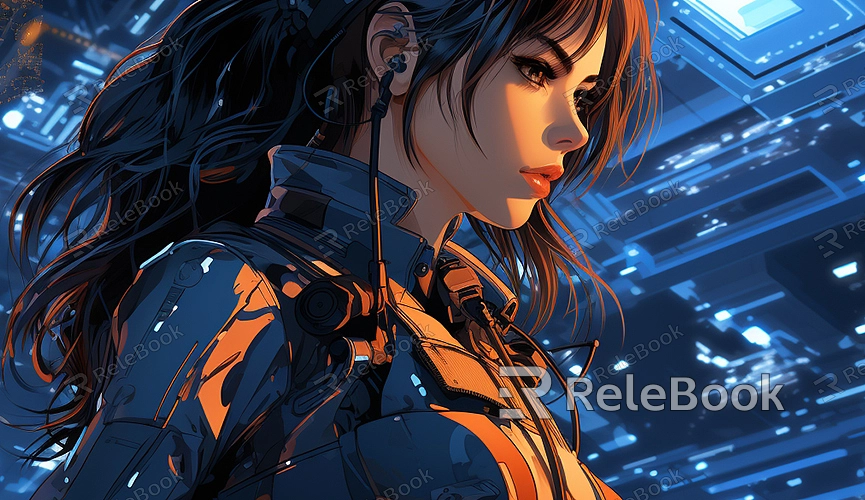How to Make a 3D Human Model
Creating a 3D human model is a fundamental skill in computer graphics and digital art. Whether you're a game developer, animator, or visual effects artist, mastering this skill is essential. This guide will walk you through the basic steps of creating a realistic 3D human model.
Preparation
Before you start modeling, you'll need to gather some resources and choose appropriate tools. Select a 3D modeling software that suits your needs, such as Blender, Maya, or 3ds Max. Each software has its unique features, but the general modeling steps are similar.

Collect Reference Materials
To create a high-quality 3D human model, start by collecting reference materials. These can include photographs, illustrations, or actual human models. Reference materials help you maintain accuracy and detail throughout the modeling process.
Choose the Right Tool
Different modeling software has various interfaces and tools. Blender is a powerful, free, open-source software suitable for most modeling needs. Choose a software you're comfortable with and install any relevant plugins that can enhance your modeling efficiency.
Create the Base Model
1. Create Base Shapes
Start by creating a base shape in your modeling software, usually a simple geometric form like a cube or sphere. Use various modeling tools to refine this shape into the basic form of the human body. Ensure symmetry to maintain consistency between the left and right sides of the model.
2. Add Details
Once the base shape is ready, progressively add details such as limbs, head, and facial features. Use sculpting tools to refine the model further, sculpting muscles, bones, and other details. Aim to make the model resemble a real human structure as closely as possible.
Texturing and Materials
1. UV Unwrapping
After completing the basic modeling, proceed to UV unwrapping. UV unwrapping involves flattening the 3D model's surface onto a 2D plane so that textures can be applied. In Blender, use the “UV Editor” to unwrap UVs and adjust the texture mapping.
2. Texture Mapping
Texture mapping is crucial for making the model look realistic. Create texture maps using tools like Photoshop or Substance Painter, or download high-quality textures from the internet. If you need many high-quality 3D textures, HDRIs, or 3D models, you can download them from Relebook and directly import them into your project. This can save time and ensure texture quality.
Rigging and Animation
1. Add Bones
If your model needs animation, the next step is to add bones. Rigging involves connecting the model to a virtual skeleton system. In Blender, use the “Armature” tool to create bones and bind them to the model.
2. Weight Painting
After rigging, perform weight painting. Weight painting determines how different parts of the model are influenced by bone movements. This step is crucial for ensuring smooth and natural animation. Use the “Weight Paint” tool to adjust the weights of each vertex for optimal animation results.
Rendering and Optimization
1. Set Render Parameters
With your model complete, you can start setting render parameters. Choose an appropriate rendering engine, such as Cycles or Eevee, and adjust lighting, camera angles, and other settings. Rendering transforms the 3D model into a 2D image or animation, so make sure all parameters are properly set for the best results.
2. Optimize the Model
Finally, to improve rendering efficiency, you may need to optimize the model. This includes reducing unnecessary polygons and optimizing texture maps. Optimization ensures the model renders more smoothly and reduces computation time.
Creating a high-quality 3D human model requires time and patience, but mastering these fundamental steps will make the process smoother. If you need high-quality 3D textures, HDRIs, or 3D models for your projects, you can download them from Relebook and directly import them into your models for convenience.

